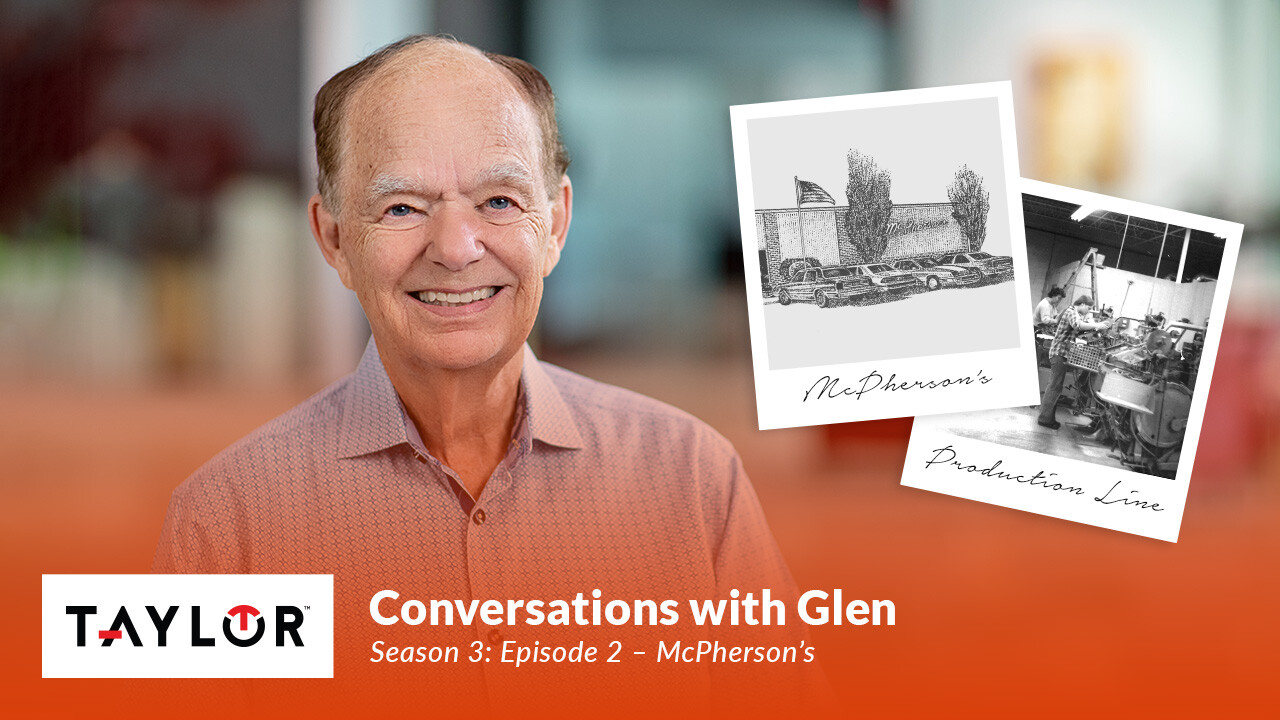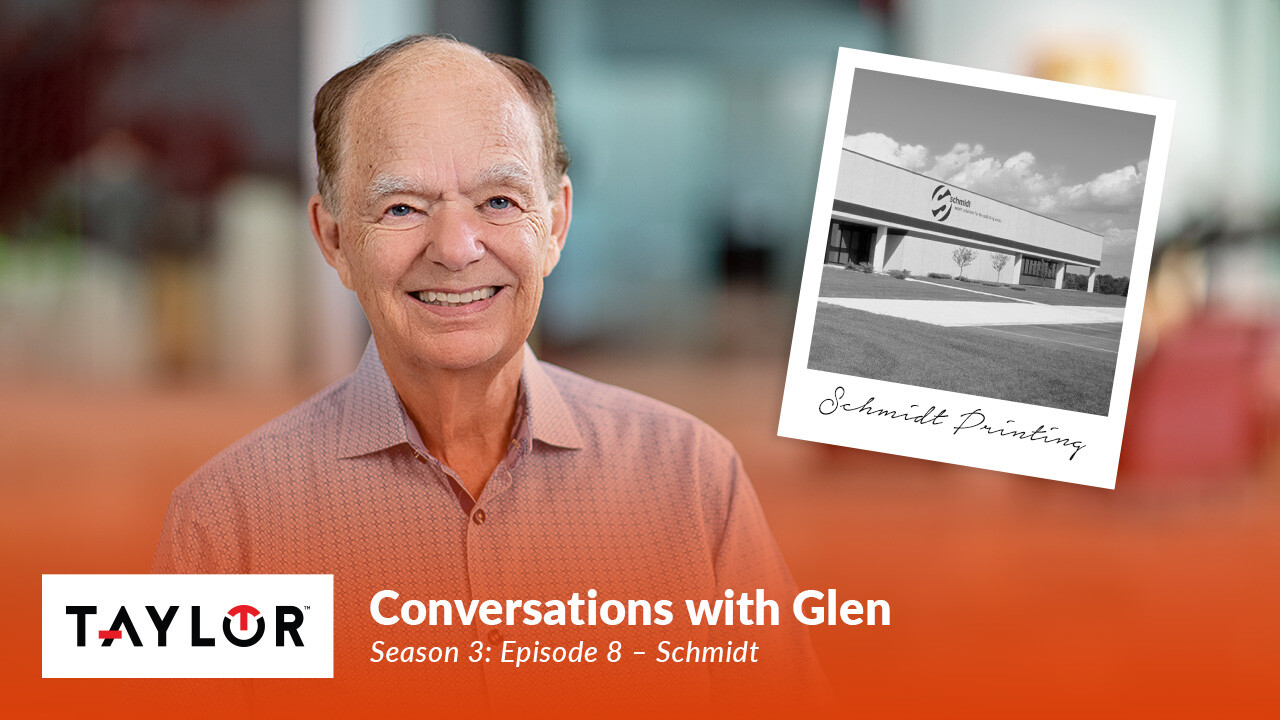Every industry has its own lingo and direct marketing is no different. However, the direct marketing industry has a special affinity for acronyms. Indeed, someone somewhere will likely say something like this today:
“Our CR tanked because the USP driving our CTA didn’t speak to B2C.”
Translation: The conversion rate (CR) of our marketing campaign declined because the unique selling proposition (USP) utilized for the call to action (CTA) wasn’t appropriate for a business-to-consumer (B2C) audience.
Acronym proliferation aside, two industry terms are of vital importance to direct marketers everywhere:
- CPA, or cost per acquisition
- CAC, or customer acquisition cost
This blog will explore direct marketing in general and focus on the distinctions between cost per acquisition and customer acquisition cost — as well as a metric known as lifetime value. Specifically, we will address these twelve questions:
- What is direct marketing?
- What is the cost per acquisition, or CPA?
- How do I calculate cost per acquisition?
- What is CAC, the cost of customer acquisition?
- How do I calculate customer acquisition cost?
- What is the difference between CAC and CPA?
- What is a good cost per acquisition, or CPA?
- What is a good customer acquisition cost, or CAC?
- What is CAC and LTV?
- What is a good LTV-to-CAC ratio?
- How can you reduce cost per acquisition?
- How can customer acquisition cost be reduced?
What is direct marketing?
Direct marketing is a promotional strategy that communicates directly with a target audience to generate a measurable response. Unlike mass advertising, which casts a wide net, direct marketing zeroes in on specific individuals or segments using channels like:
- Direct mail
- SMS text
- Telemarketing
- Paid search and social ads
- Personalized landing pages
The goal is to prompt immediate action — whether it's a purchase, sign-up or inquiry — and track that response to evaluate ROI. Direct marketing thrives on data, personalization and accountability, making it a favorite among performance-driven marketers in every industry.
What is the cost per acquisition, or CPA?
Cost per acquisition, or CPA, is a campaign-level metric that calculates how much you spend to generate a single conversion. A conversion could be a sale, a lead, a download, or any other predefined action.
CPA is especially useful for evaluating the efficiency of individual marketing channels or tactics. It helps you answer questions like:
- Which ad platform delivers the lowest cost per lead?
- Are my retargeting campaigns more cost-effective than cold outreach?
- Should I shift budget from one channel to another?
%20Versus%20Customer%20Acquisition%20Cost%20(CAC)/GetAttachmentThumbnail-1.png?width=710&height=550&name=GetAttachmentThumbnail-1.png)
How do I calculate cost per acquisition?
To calculate cost per acquisition, simply divide the cost of your direct marketing campaign by the number of conversions created.
CPA = Total Campaign Cost / Total Number of Conversions
For example, if you spend $5,000 on a paid search campaign and generate 250 leads (i.e., your conversion in this scenario), your CPA is $20.
What is CAC, the cost of customer acquisition?
Customer acquisition cost, or CAC, is a broader business metric that calculates the total cost of acquiring a paying customer. It includes all sales and marketing expenses — not just direct marketing campaign spend.
CAC is vital for understanding the sustainability of your business growth strategy. It helps answer:
- Are we spending too much to acquire each customer?
- How does CAC compare to customer lifetime value (LTV)?
- Is our sales team operating efficiently?
%20Versus%20Customer%20Acquisition%20Cost%20(CAC)/GetAttachmentThumbnail.png?width=710&height=550&name=GetAttachmentThumbnail.png)
How do I calculate customer acquisition cost?
To calculate customer acquisition cost, you must divide your total sales and marketing costs by the number of new customers acquired.
CAC = Total Sales and Marketing Costs / Number of New Customers
Unlike cost per acquisition, the broader scope of customer acquisition cost also includes things like:
- Salaries of sales and marketing staff
- Software licenses and sales tools
- Product demos and sales samples
- Creative development
- Paid media buys
- Events and sponsorships
- Agency fees, and more
Thus, if your company spends $100,000 on sales and marketing in a month and acquires 500 new customers, your CAC is $200.
What is the difference between CAC and CPA?
While sometimes (incorrectly) used interchangeably, CPA and CAC measure very different things and are of value to direct marketers for different reasons. Think of cost per acquisition as a tactical metric and customer acquisition cost as a strategic one.
- Cost per acquisition helps you fine-tune your direct marketing campaigns, optimizing ad spend and channel performance on a tactical level.
- Customer acquisition cost helps you assess whether your overall customer acquisition model is financially viable.
For example, cost per acquisition might help you decide between direct mail marketing and telemarketing. Insights related to customer acquisition cost, on the other hand, might lead you to pursue entirely different segments of the marketplace.
What is a good cost per acquisition, or CPA?
A “good” cost per acquisition depends on your industry, product and conversion goals. For example:
- E-commerce brands may target a CPA under $30 for a $100 product.
- B2B software companies might accept a CPA of $100 or more for qualified leads.
- Subscription services often aim for a CPA that’s less than one month’s revenue for that subscription.
Ultimately, a good cost per acquisition is one that allows you to profitably scale.
What is a good customer acquisition cost, or CAC?
A good customer acquisition cost, meanwhile, is one that allows you to acquire customers profitably and sustainably. The most common benchmark for evaluating customer acquisition cost is the LTV-to-CAC ratio.
What is CAC and LTV?
We’ve already noted that customer acquisition cost (CAC) is the total expense necessary to acquire a new paying customer. Customer lifetime value (LTV), in turn, estimates the total revenue the business then expects to earn from that customer over the entire duration of their relationship.
LTV accounts for things like the customer’s purchase frequency, average order value, retention rate and gross margin. Thus, the calculation of an LTV-to-CAC ratio is as follows.
LTV-to-CAC Ratio = Customer Lifetime Value (LTV) / Customer Acquisition Cost (CAC)
What is a good LTV-to-CAC ratio?
A healthy LTV-to-CAC ratio is typically 3:1, meaning you earn three dollars for every dollar spent acquiring a customer. Ratios below this threshold may indicate overspending or poor retention. Higher ratios, conversely, suggest strong profitability and possible room to scale your marketing efforts.
For example, if your CAC is $200, your LTV should be at least $600. If your CAC is too high relative to LTV, you will struggle to grow the business without burning through your available cash.
How can you reduce cost per acquisition?
By definition, lowering CPA requires campaign-level optimization. Six proven strategies for reducing cost per acquisition are as follows.
1. Improve Targeting
Use audience segmentation, lookalike modeling and behavioral data to reach users more likely to convert.
2. Refine Creative
Test different headlines, visuals and calls to action. Strong creative can dramatically improve click-through and conversion rates.
3. Optimize Landing Pages
Ensure your landing pages are fast, relevant and persuasive. A/B test your layouts, copy and forms to boost conversion rates.
4. Use Retargeting
Retargeting warm leads often yields lower CPA than cold traffic. Use dynamic ads and personalized messaging.
5. Automate Bidding
Leverage smart bidding strategies on platforms like Google Ads to maximize conversions within your budget.
6. Analyze Attribution
Use multi-touch attribution to understand which channels contribute to conversions. Then, shift spend to those with the best CPA.
%20Versus%20Customer%20Acquisition%20Cost%20(CAC)/GetAttachmentThumbnail-2.png?width=514&height=250&name=GetAttachmentThumbnail-2.png)
How can customer acquisition cost be reduced?
Reducing CAC requires a much more holistic view that spans marketing, sales and operations. Six proven strategies for reducing customer acquisition cost are as follows.
1. Align Sales and Marketing
Ensure both teams are targeting the same personas and using consistent messaging. Misalignment leads to wasted spend.
2. Invest in Content Marketing
Organic content like blogs, webinars and white papers can generate leads at a lower cost than paid media.
3. Improve Lead Qualification
Use scoring models and intent data to focus on high-quality leads. This reduces time and resources spent on poor fits.
4. Shorten the Sales Cycle
Streamline onboarding, demos and proposals. The faster you close deals, the lower your CAC.
5. Leverage Referrals
Referral programs and word-of-mouth can drive low-cost, high-quality customer acquisition.
6. Automate Workflows
Use CRM and marketing automation to reduce manual labor and improve efficiency.
Taylor: Using data to reduce cost per acquisition
Taylor is a leading provider of personalized, data-driven omnichannel marketing campaigns that take customers on journeys built upon their own preferences and 1:1 interactions with your brand. We have special expertise in three industries, honed through decades of hands-on experience:
- Retail marketing programs that build your brand’s visibility while giving customers seamless interactions at every touchpoint.
- Financial marketing programs that deliver personalized experiences and increase brand loyalty and sales along the way.
- Auto marketing programs that connect the digital and physical worlds of car buying at every step in the buying process.
Want to learn how you can lower cost per acquisition while also increasing the number of new customers? Contact Taylor for more information about our data-driven omnichannel marketing capabilities.
%20Versus%20Customer%20Acquisition%20Cost%20(CAC)/GetAttachmentThumbnail-3.png?width=1200&height=600&name=GetAttachmentThumbnail-3.png)









